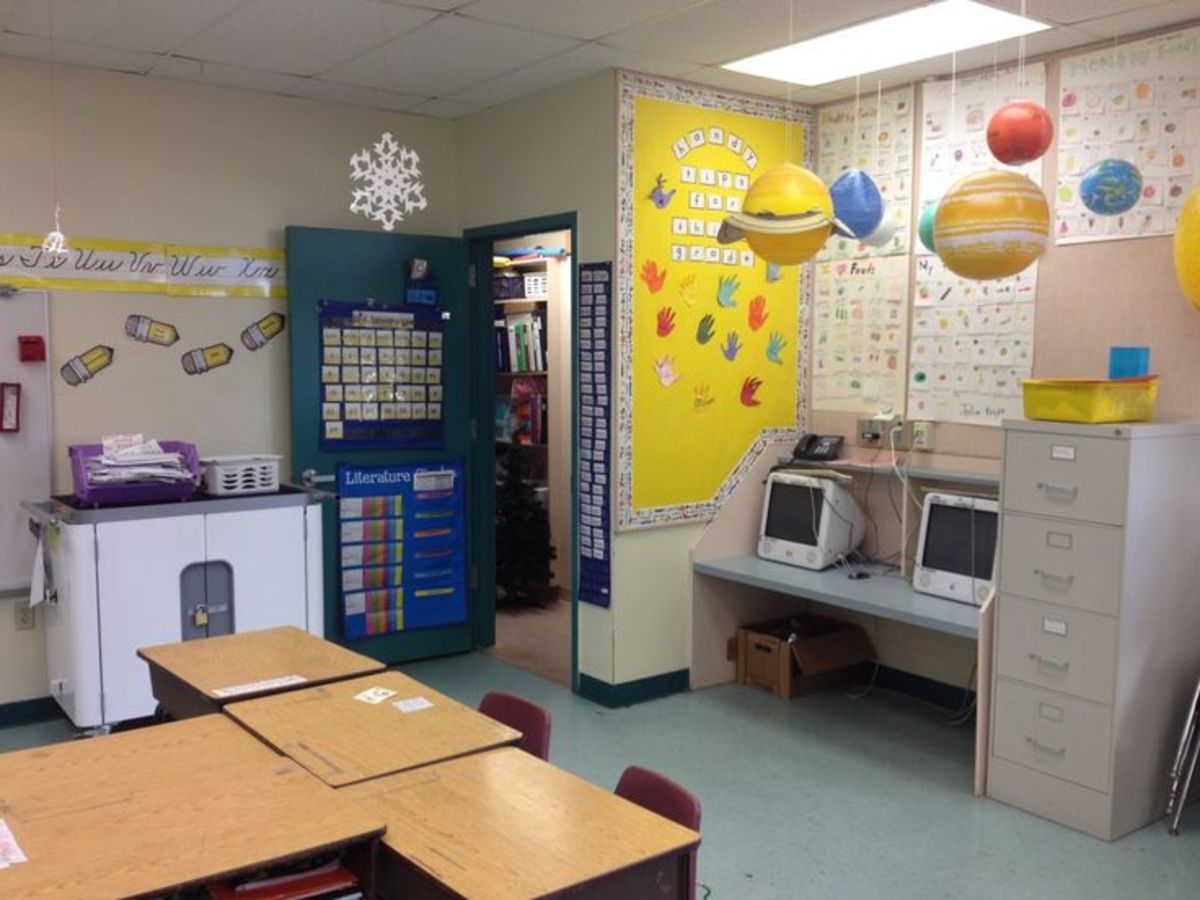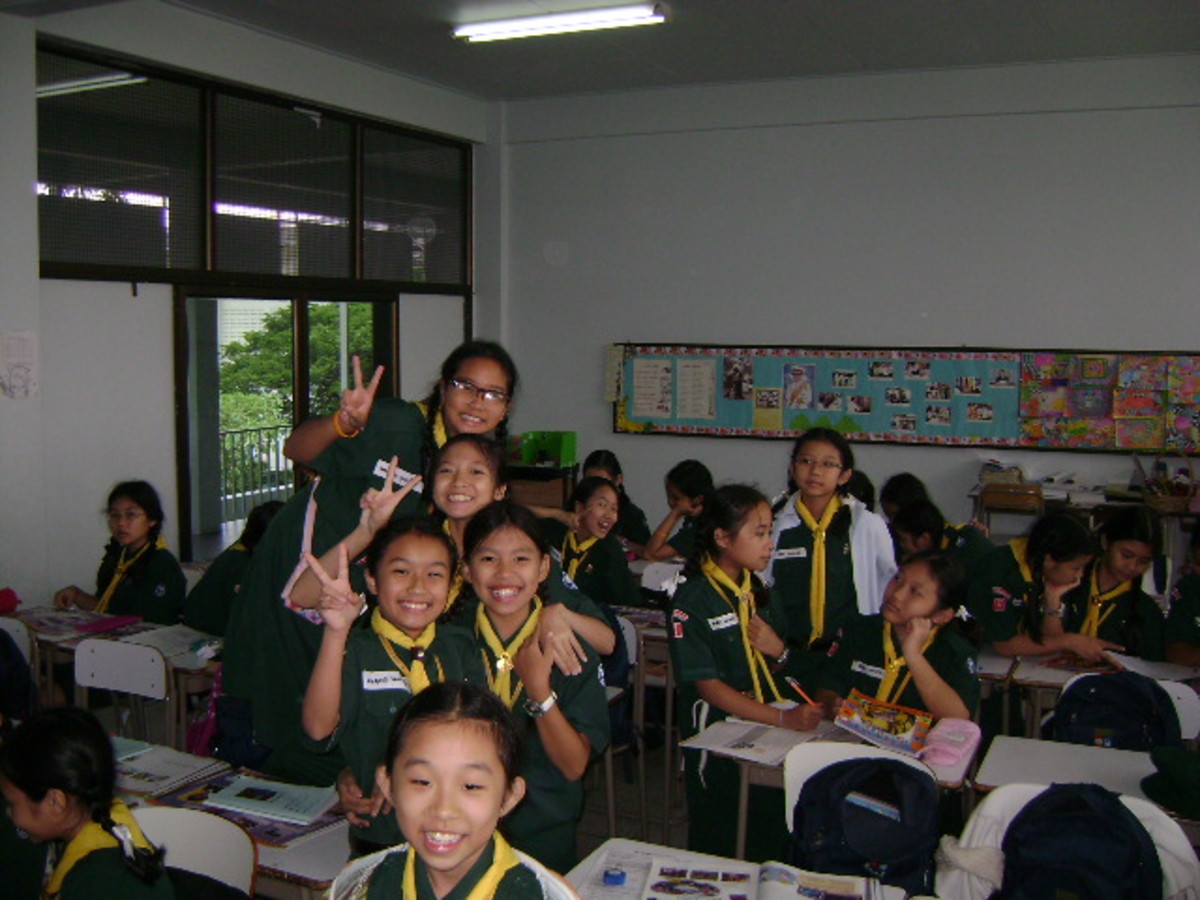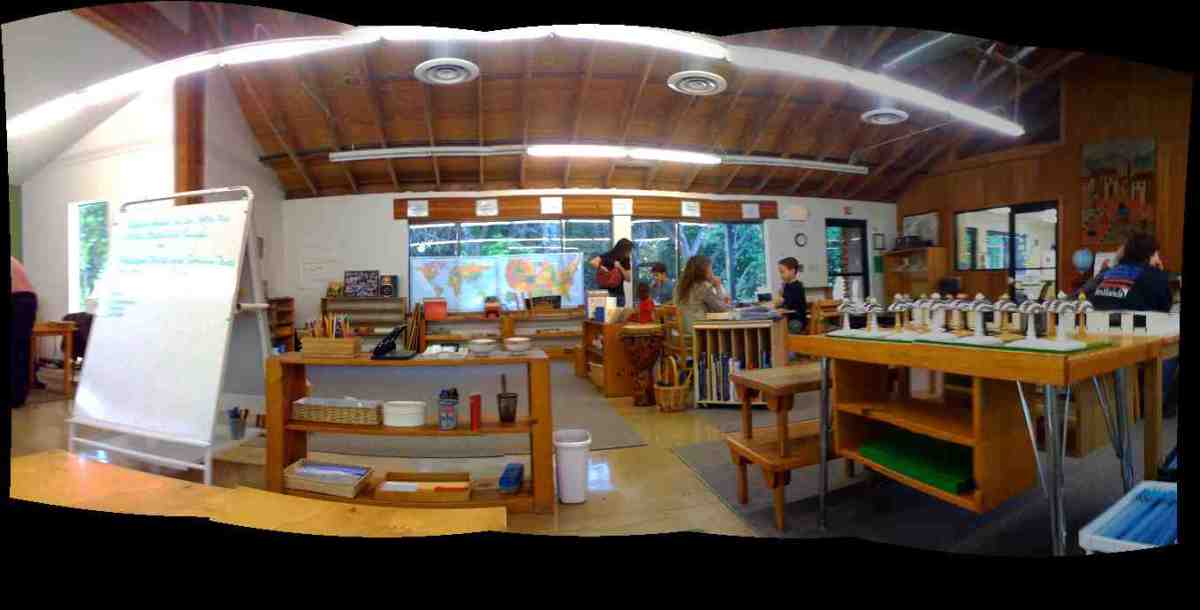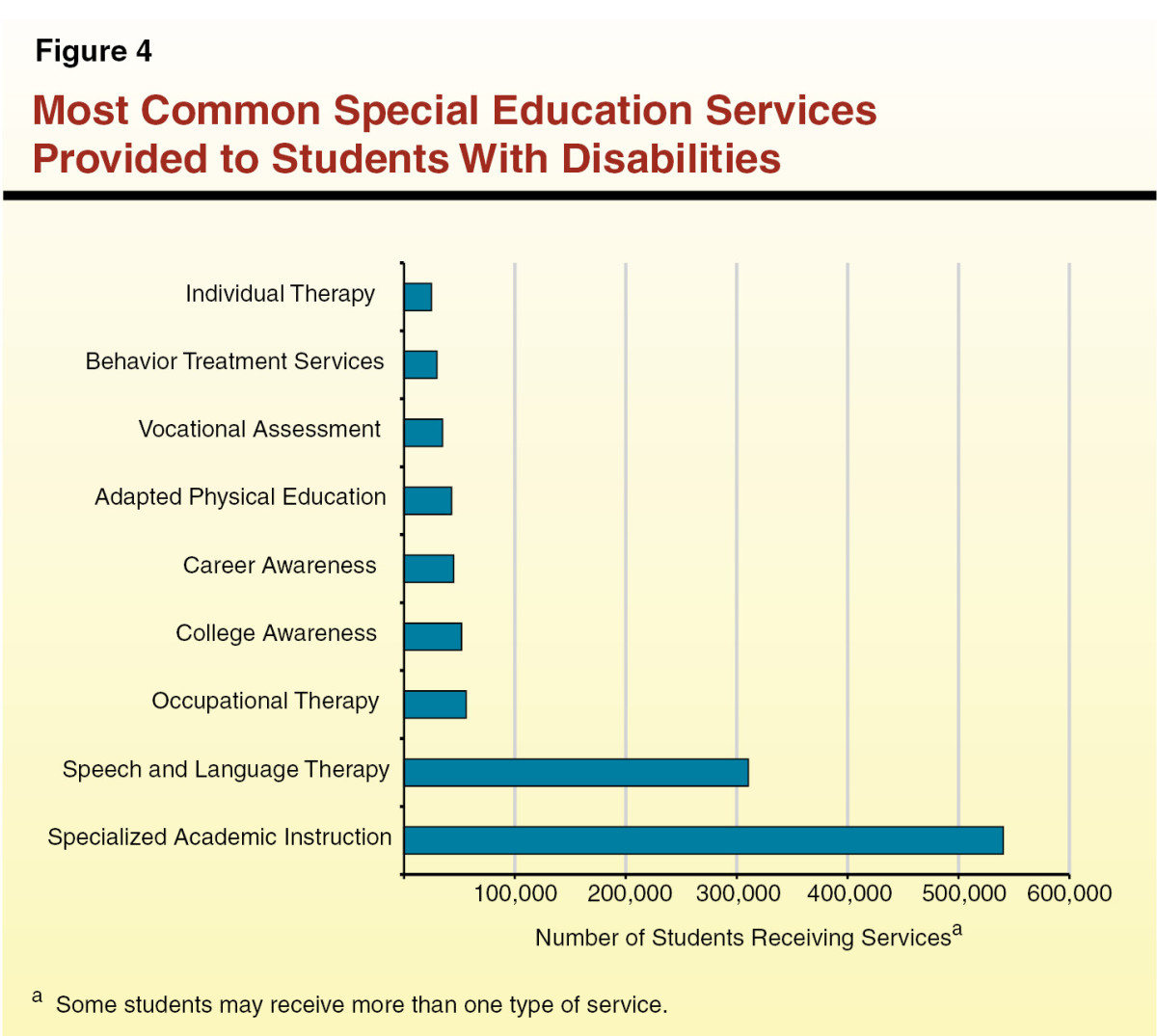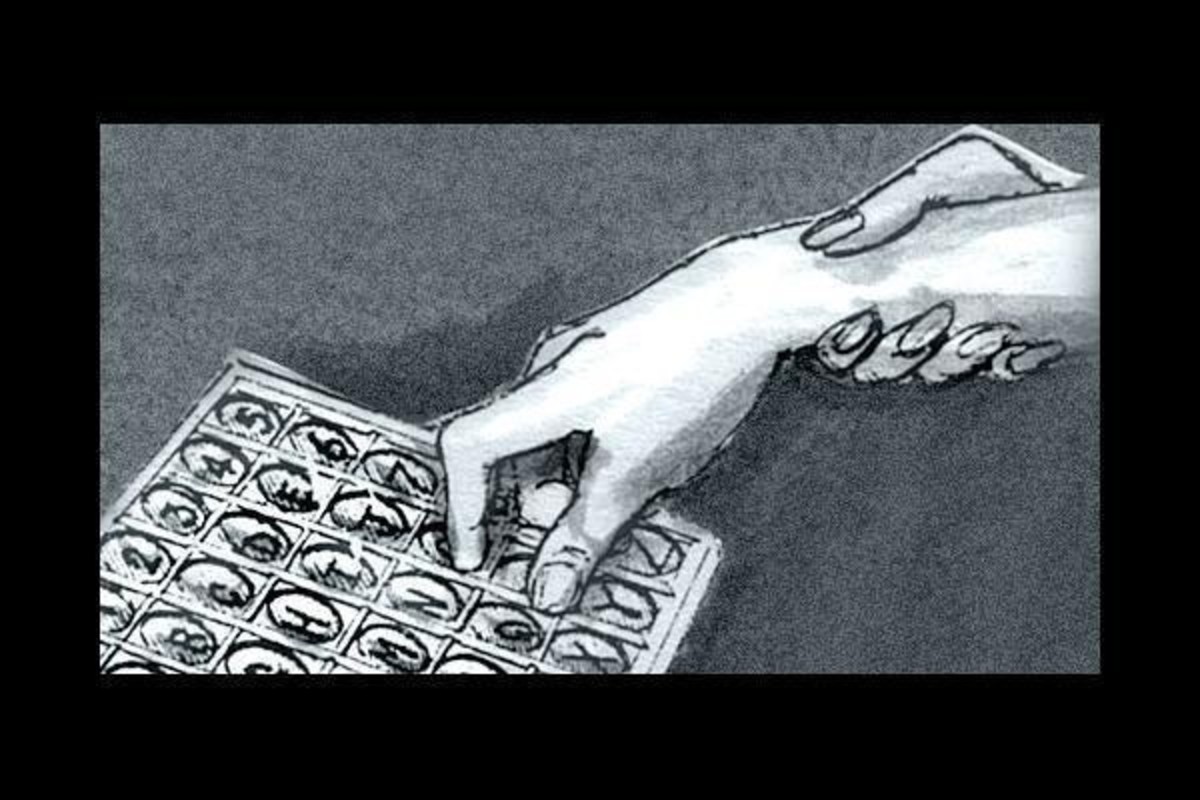Differentiated Instruction in a Nutshell
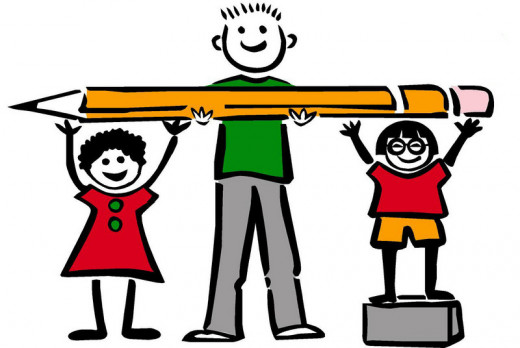
What is Differentiated Instruction?
Differentiated instruction, in a nutshell, is modified teaching at its finest. Differentiated instruction takes students, figuratively, by the hand and assists them with learning and comprehending a task/subject area. Instruction and student response is "adjusted" based on the ability level and comfort of each student. This is a method of instructing that comes second nature to me being in the special education setting. However, students, whether or not they are diagnosed with a disability, come to the classroom with different prior and background knowledge, language proficiency, academic skills/abilities, and interests. As overwhelming as this may sound, it is imperative that we as educators tap into each of our student's lives to understand where they are coming from and to know where to begin instruction. Otherwise, valuable time and resources will be wasted.
My Personal Experience with Differentiated Instruction
I utilize several differentiated instructional strategies in my preschool/kindergarten classrooms. For instance, student response varies according to student ability level. These responses may be receptive (i.e., pointing to corresponding object(s); acting out response; nodding head for yes or shaking head for no) or expressive (verbalizing response in one-two words, short phrases, or complete sentences; drawing ; writing). Time plays a huge role with differentiated instruction. Students may have difficulty processing information and formulating an answer. Time is allotted for these individuals in this fashion, as well as completing written/illustrated assignments. Students, in addition, are often times given the option to complete tasks independently or in pairs/groups. However, pairing/grouping is usually arranged by myself, the teacher, to ensure that students with different ability levels are working together. Subject material, especially reading material, is presented in a number of ways. I will usually center instruction around a theme and include a variety of material to teach that subject (i.e., different leveled books; books on tape; realia, photos, and illustrations; hands-on art projects; manipulative supporting concepts; media like videos, computer programs, and magazines/newspapers). In an effort to highlight critical features, students may complete graphic organizers like T-Charts or Bubble Maps. This allows the student to visually categorize information from a given lesson.



